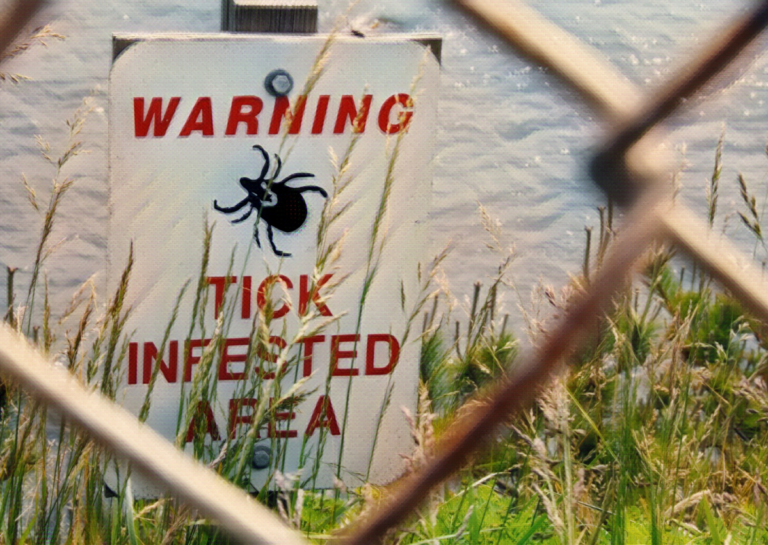Overview
Lyme disease is an infection caused by the Borrelia burgdorferi bacteria, which is transmitted to humans through the bite of an infected black-legged tick. It is the most common vector-borne illness in the United States, with an estimated 300,000 cases reported annually. Children are particularly susceptible to Lyme disease, as they are more likely to be active outdoors and to have contact with ticks.
Symptoms
The symptoms of Lyme disease can vary widely, depending on the stage of the infection. In early stage, children may experience flu-like symptoms such as fever, headache, fatigue, and muscle and joint pain. A characteristic bull’s-eye rash, known as erythema migrans, may also develop at the site of the tick bite. If left untreated, the infection can progress to the later stages, which can cause more severe symptoms such as neurological problems, such as facial palsy, and arthritis.
Causes
Lyme disease is caused by the Borrelia burgdorferi bacteria, which is transmitted to humans through the bite of an infected black-legged tick. Ticks become infected with the bacteria when they feed on infected animals, such as deer, mice, and birds. Children are at higher risk of infection if they live or play in areas where ticks are common, such as wooded or grassy areas.
Treatment
Treatment for Lyme disease typically involves a course of antibiotics, such as doxycycline, amoxicillin, or cefuroxime. These antibiotics are usually administered orally, and treatment typically lasts for 14-28 days. Children who are diagnosed with early stage Lyme disease usually recover fully with appropriate treatment. However, if the disease is not treated in the early stages, it may progress to the later stages and cause more severe symptoms, which may require more aggressive treatment.
Prevention
The best way to prevent Lyme disease in children is to avoid tick bites. Children should be taught to avoid contact with tick-infested areas, to wear long sleeves and pants, and to use tick repellents. When spending time outdoors, children should be checked for ticks regularly and any ticks found should be removed promptly.
Citations
- Centers for Disease Control and Prevention. (2021). Lyme disease. Retrieved from https://www.cdc.gov/lyme/index.html
